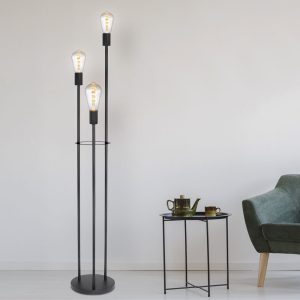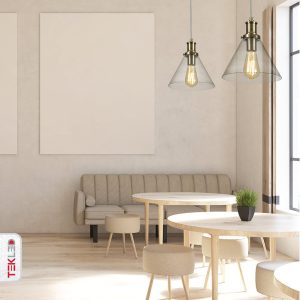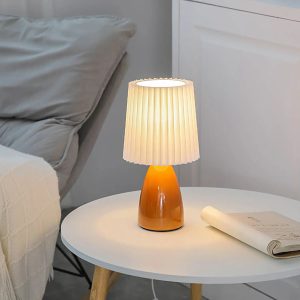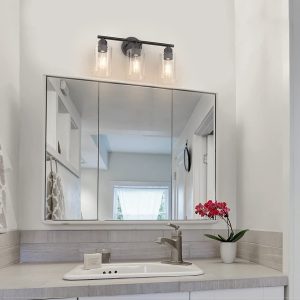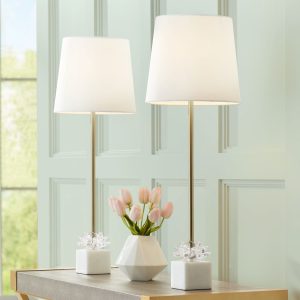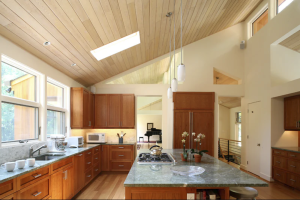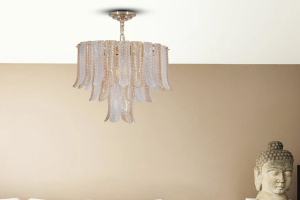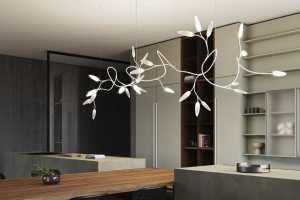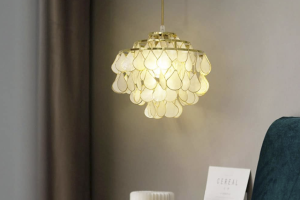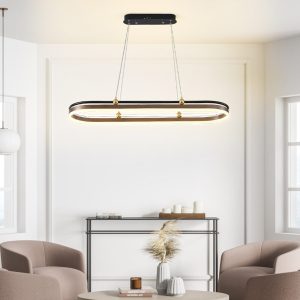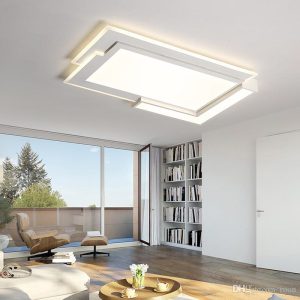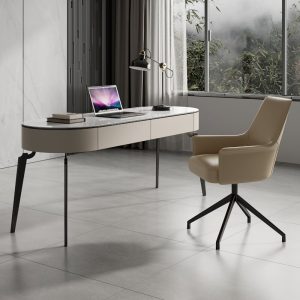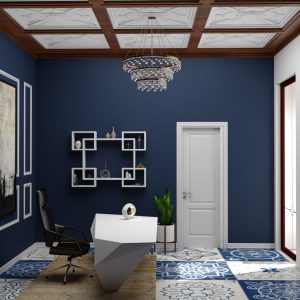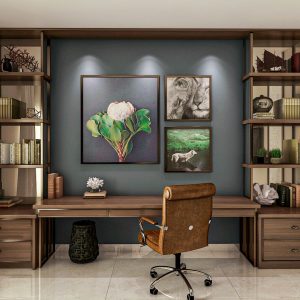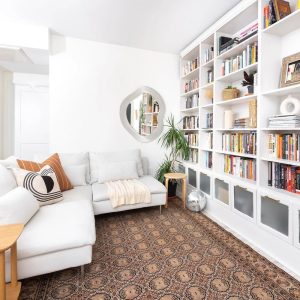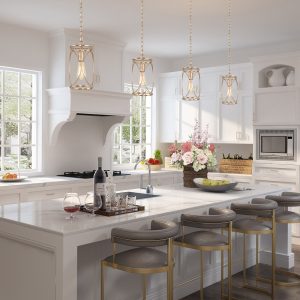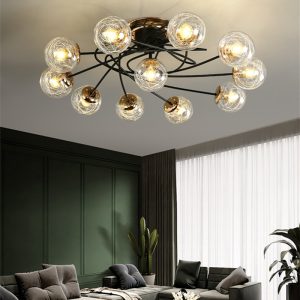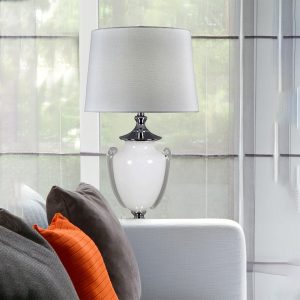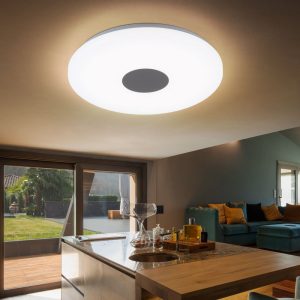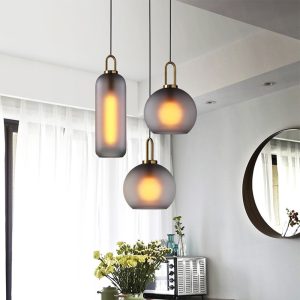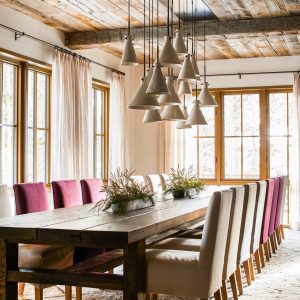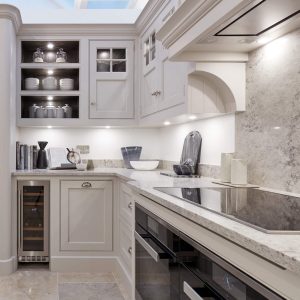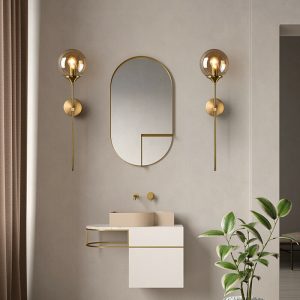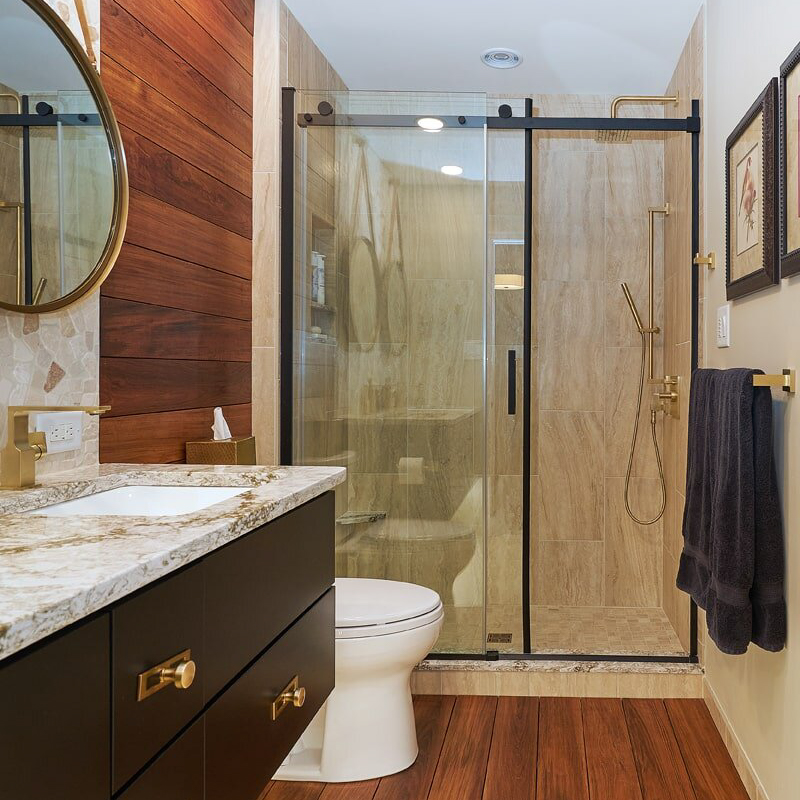
Introduction
When it comes to luxury and opulence, there are few things more desirable than gold. For centuries, gold has been a symbol of wealth and status, and its brilliance and warmth have enchanted people around the globe. From jewelry to home decor, gold is a versatile and timeless material that never goes out of style. One way in which gold is applied to create stunning works of art is through the use of gold lustre. In this article, we will explore what gold lustre is, how it is used in art and craft, and how it has evolved over time.
What is Gold Lustre?
Gold lustre, also known as gilt, is a type of decorative technique that involves applying a glaze containing small particles of gold to a surface to create a reflective shine. It originated in the Middle East in the 8th century and spread to Europe during the Middle Ages. Gold lustre can be used on various surfaces such as pottery, glass, metal, and even textiles. It is typically applied using a brush or a spray gun, and then fired at high temperatures to bond the gold particles to the surface.
Gold Lustre in Pottery
Gold lustre is commonly used in pottery to add a luxurious touch to functional objects such as plates, bowls, and vases. In Islamic art, gold lustre was used extensively to decorate ceramic objects from the 10th century onwards. The lustre was often combined with other decorative elements such as calligraphy, floral patterns, and geometric designs. The lustre was also used to highlight the contours and details of the ceramic objects, creating a three-dimensional effect.
In Europe, gold lustre was introduced in the 14th century and was used primarily in religious objects such as chalices and reliquaries. During the 16th century, gold lustre became popular in Italy and Spain, where it was used to decorate maiolica pottery. In the 20th century, gold lustre was revived by artists such as Pablo Picasso and Salvador Dali, who used it to create unique and experimental pottery pieces.
Gold Lustre in Glass
In glassmaking, gold lustre is used to create a shimmering effect on the surface of glass objects. The technique originated in Venice in the 16th century and was used to decorate glassware such as goblets, vases, and mirrors. The gold lustre was applied by painting a mixture of gold dust and oil onto the glass and then fired to bond the gold particles to the surface. The result was a sparkling, iridescent effect that made the glass appear more luxurious and elegant.
Today, gold lustre is still used in glassmaking to create unique and decorative pieces. Many contemporary glass artists use gold lustre to add a contemporary twist to traditional glassmaking techniques, creating pieces that are both beautiful and innovative.
Evolution of Gold Lustre
Over time, the use of gold lustre has evolved to reflect changing artistic trends and cultural influences. In the Middle Ages, gold lustre was primarily used in religious art and was seen as a symbol of divine light. During the Renaissance, gold lustre became more decorative and was used in a variety of art forms such as pottery, glass, and painting. In the 20th century, gold lustre was revived by modern artists who used it to create abstract and experimental artworks.
Today, gold lustre continues to be a popular decorative technique in art and craft. Its ability to create a radiant and shimmering effect on various surfaces makes it a versatile and enduring material that will always be admired for its beauty and elegance.
Gold lustre is not just a decorative technique but a symbol of luxury and refinement. Its radiant quality has enchanted artists and collectors alike for centuries, and its influence can be found in art and craft from around the world. Whether it is used in pottery, glass, or other surfaces, gold lustre has an undeniable allure that speaks to the desire for beauty and elegance. As the world continues to evolve, so too will the use of gold lustre, adapting to new forms and styles while retaining its timeless beauty and glamour.

